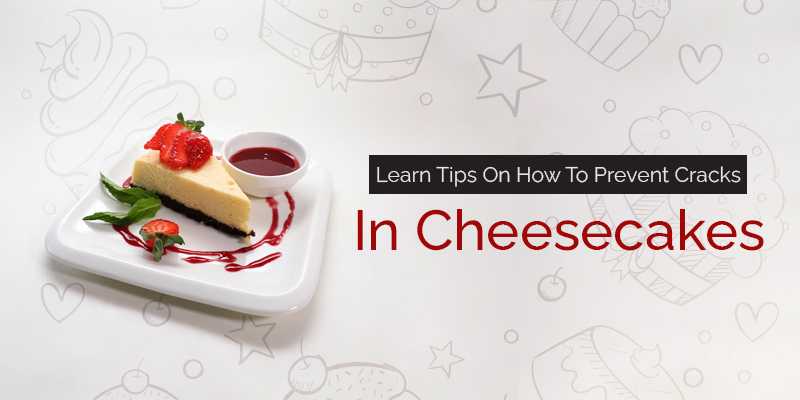Cheesecakes are indulgent and delicious desserts that are loved by many. However, one common problem that cheesecake enthusiasts often encounter is the dreaded cracks that can occur during baking. These cracks can be disappointing, but fear not! In this blog, baking classes in Velachery have shared some tips on preventing cracks in cheesecakes, ensuring that your next cheesecake turns out perfectly smooth and creamy.
Choose The Right Pan:
The type of pan you use can greatly affect the outcome of your cheesecake. Choose a springform pan with a removable bottom. The non-stick surface and easy-release mechanism will allow you to remove the cheesecake effortlessly without causing any damage or cracks. Many cake making classes in Chennai teach this technique to their students for easy cheesecake baking.
Prepare The Pan Properly:
Another essential tip in baking cheesecake is to grease and line your pan with parchment paper before pouring the batter. By greasing the pan’s sides, the cheesecake prevents it from cracking and sticking when it cools and shrinks. The parchment paper lining on the bottom will make transferring the cheesecake to a serving platter easier.
Use A Water Bath:
A water bath, also known as a bain-marie, is a technique that involves placing the springform pan with the cheesecake inside a larger pan filled with warm water. The water provides a gentle and even heat distribution during baking, reducing the risk of cracking. Wrap the outside of the springform pan with aluminum foil to keep the water from seeping in.
Avoid Overmixing:
Overmixing the cheesecake batter can introduce excess air, leading to cracks during baking. Hence, it is essential to mix the batter until every ingredient is combined. Similarly, it is necessary to be careful not to overbeat and using a spatula or gentle folding motions will allow the batter to have a smooth, creamy consistency.
Gradually Add Ingredients:
Add ingredients like eggs or sour cream to the cheesecake batter one at a time and mix them until incorporated. This approach helps to avoid overmixing and minimizes the chances of cracks.
Bake At A Low Temperature:
Baking at high temperatures can cause the cheesecake to bake faster and get cracked on the sides. Thus, it is essential to bake the cheesecake at a low temperature, such as300-325°F or 150-160°C. The slower and more even heat distribution will allow the cheesecake to cook gently without causing cracks.
Avoid Overbaking:
Overbaking can also make the cake dry out and crack on the sides. So, ensure that your cake is not overbaked by turning off the oven when you see the Cheesecake edges are all set and the center of the cake is still unbaked and in the gelatin form. The residual heat in the oven is sufficient to end the baking process.
Cool Gradually:
It is essential that you cool the cheesecake gently and gradually. Once you switch off the oven, let the cake stay inside with the door slightly open. It will help the cake to cool gradually and adapt to the temperature changes preventing cracks on the edges.
With these helpful tips in mind, you are now equipped with the knowledge to prevent those frustrating cracks in your beloved cheesecakes. Join our professional baking classes in Chennai for more baking tips and to create a masterpiece that will impress everyone.


